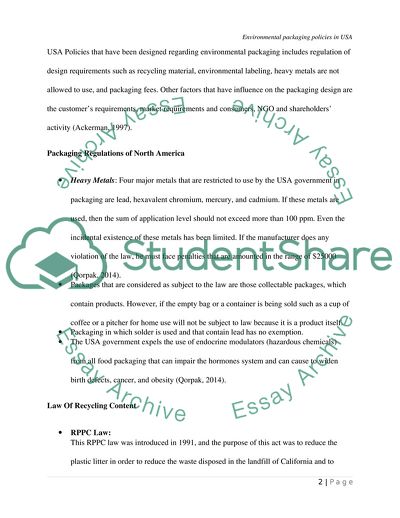Cite this document
(Environmental Packaging Policies in the United States Term Paper, n.d.)
Environmental Packaging Policies in the United States Term Paper. https://studentshare.org/environmental-studies/1831164-environmental-packaging-policies-in-usa
Environmental Packaging Policies in the United States Term Paper. https://studentshare.org/environmental-studies/1831164-environmental-packaging-policies-in-usa
(Environmental Packaging Policies in the United States Term Paper)
Environmental Packaging Policies in the United States Term Paper. https://studentshare.org/environmental-studies/1831164-environmental-packaging-policies-in-usa.
Environmental Packaging Policies in the United States Term Paper. https://studentshare.org/environmental-studies/1831164-environmental-packaging-policies-in-usa.
“Environmental Packaging Policies in the United States Term Paper”. https://studentshare.org/environmental-studies/1831164-environmental-packaging-policies-in-usa.


